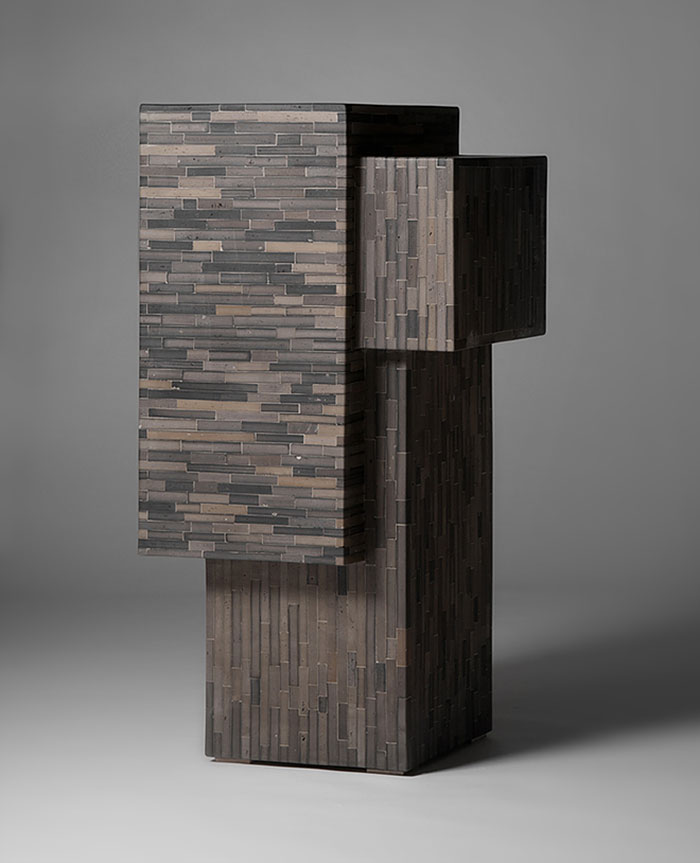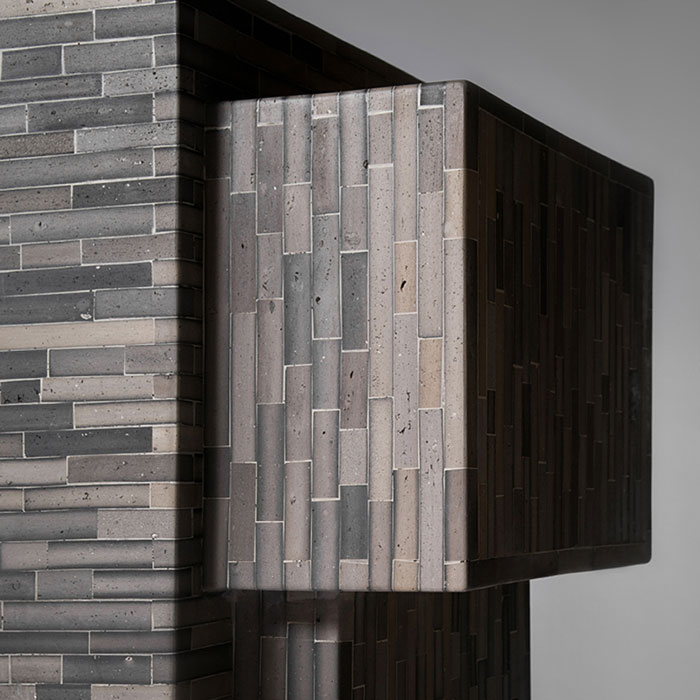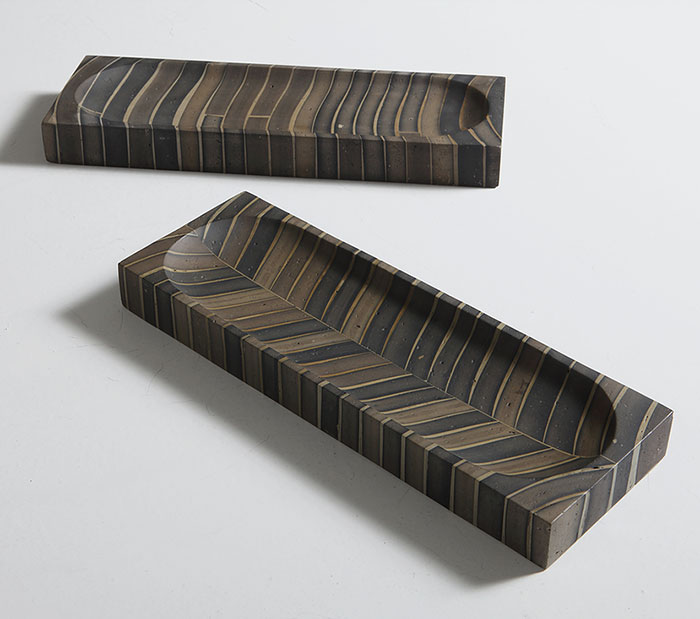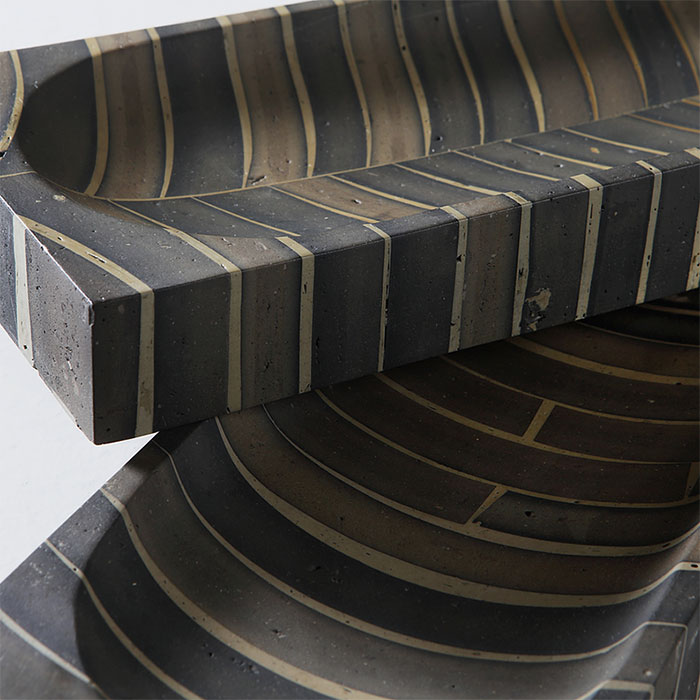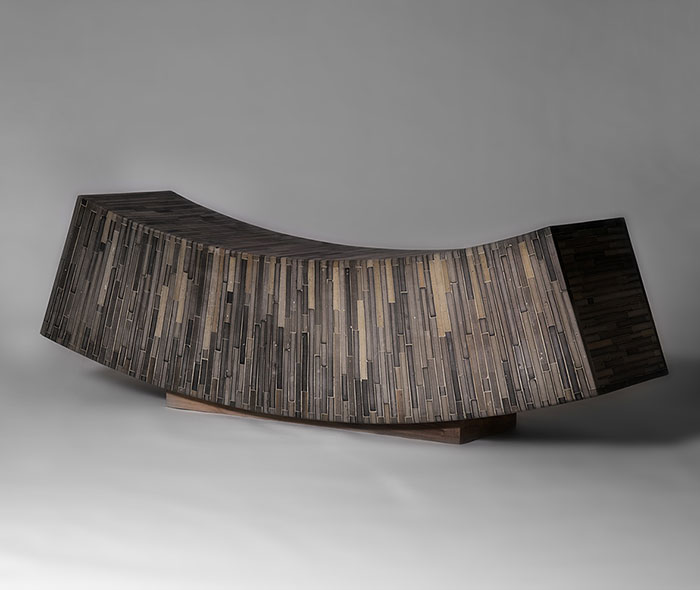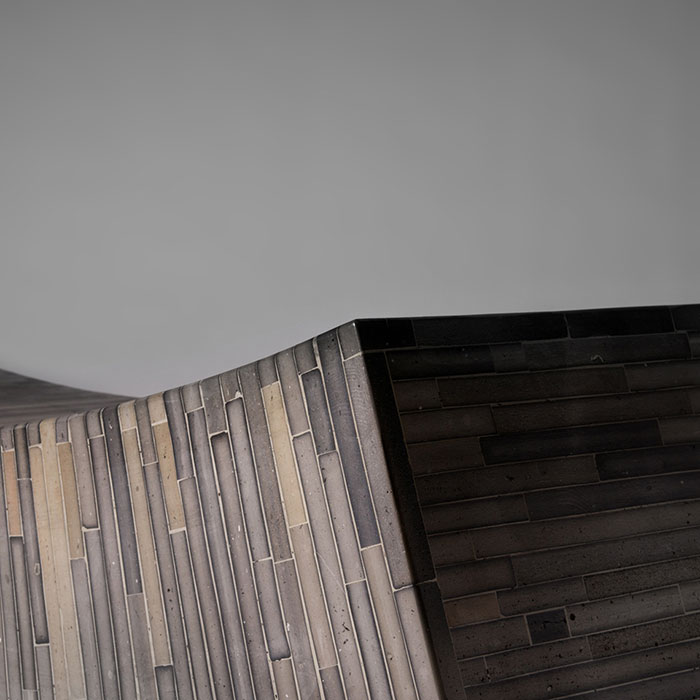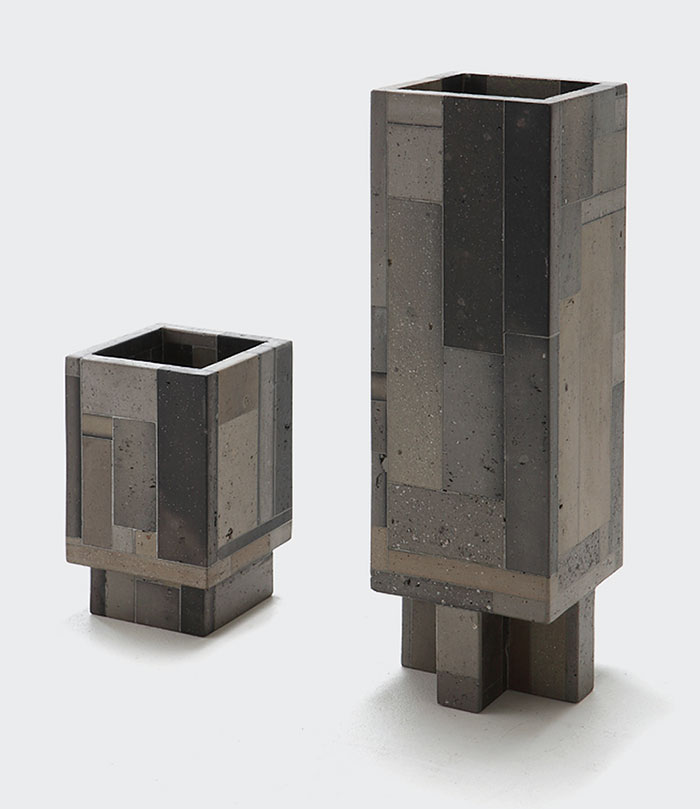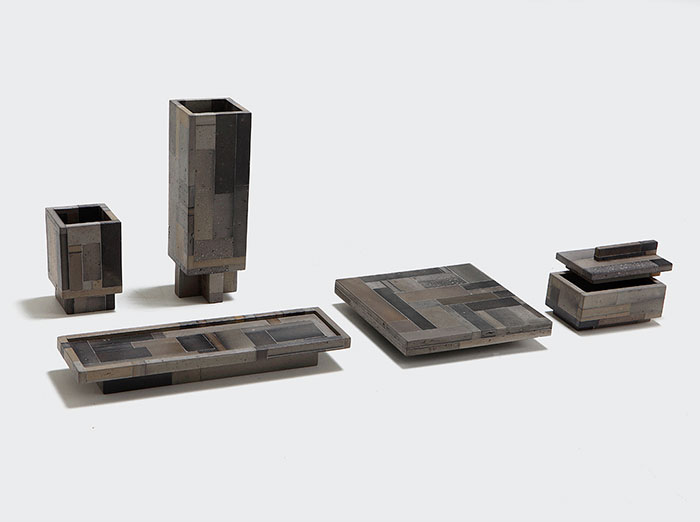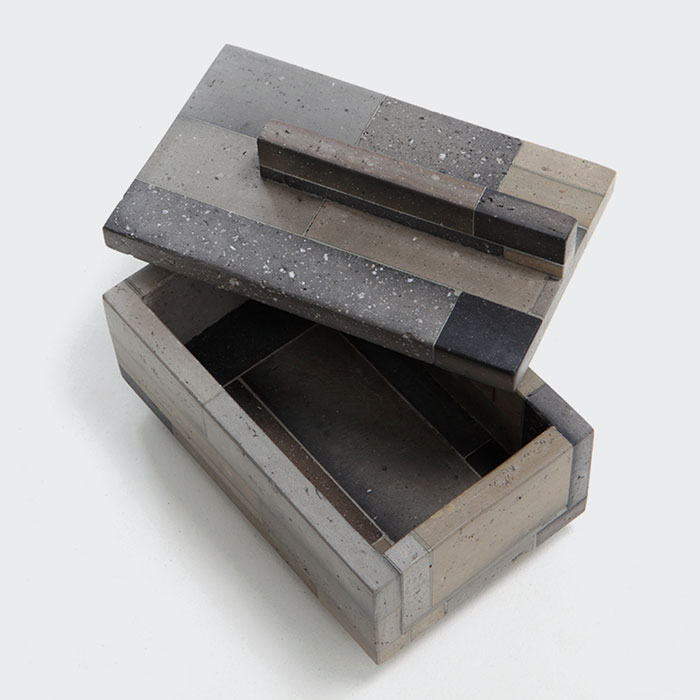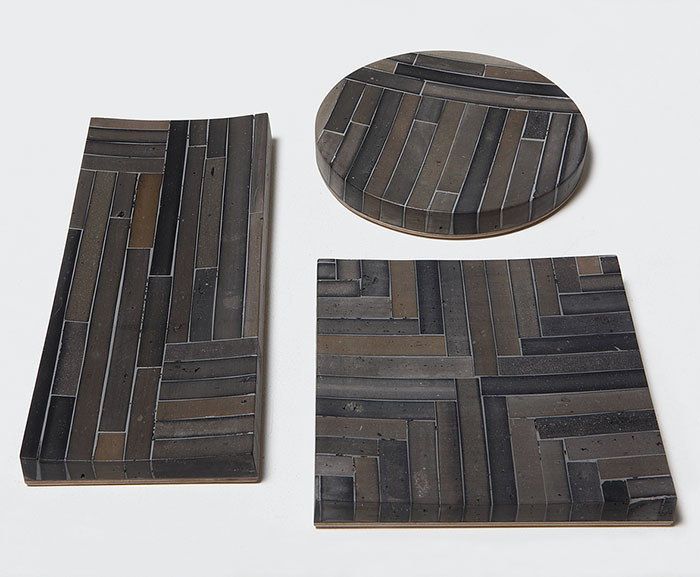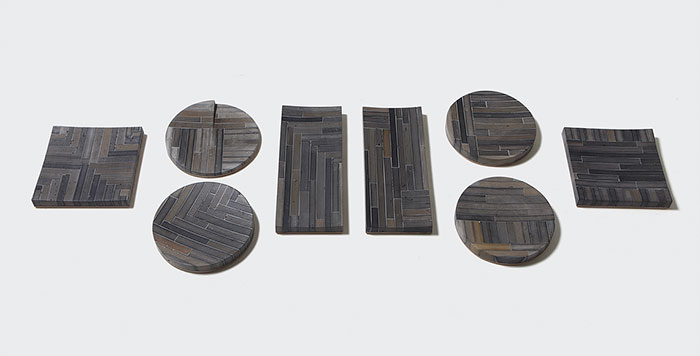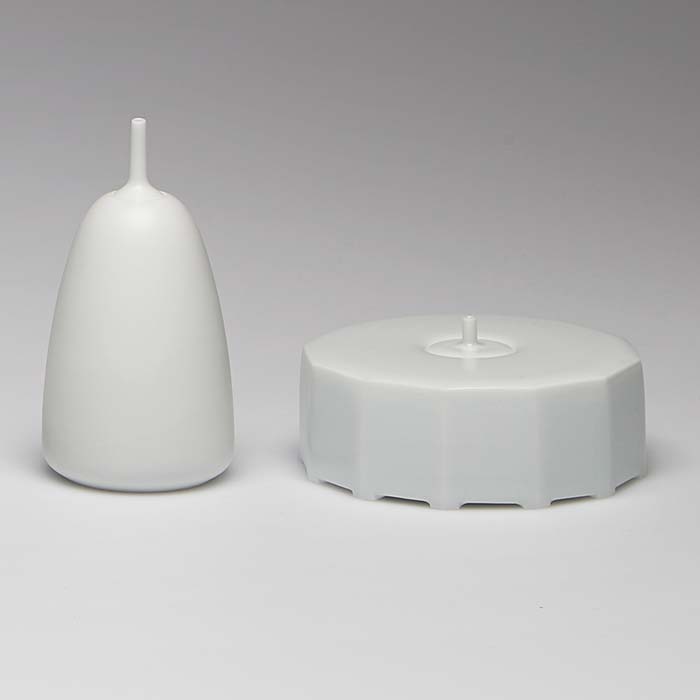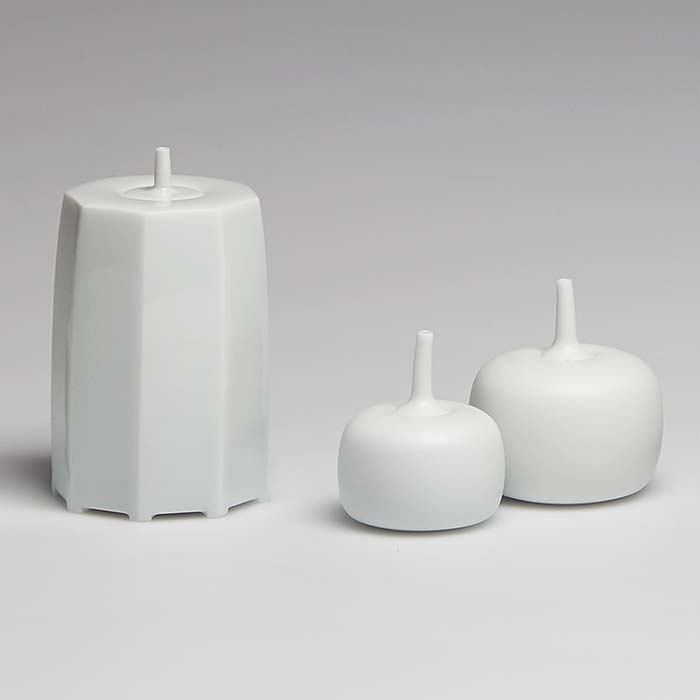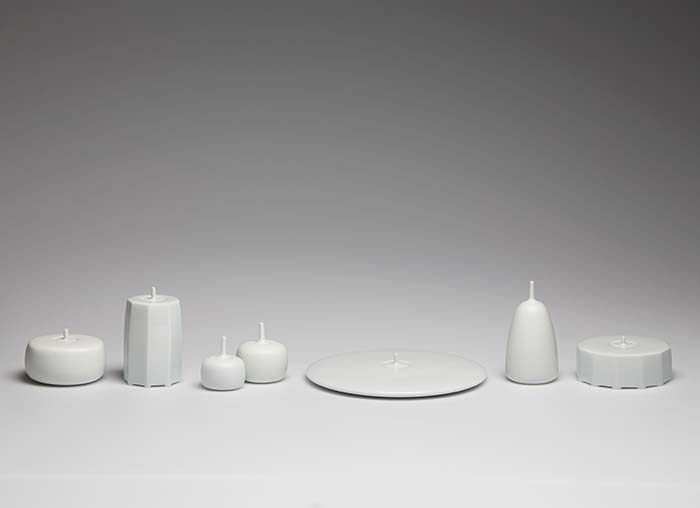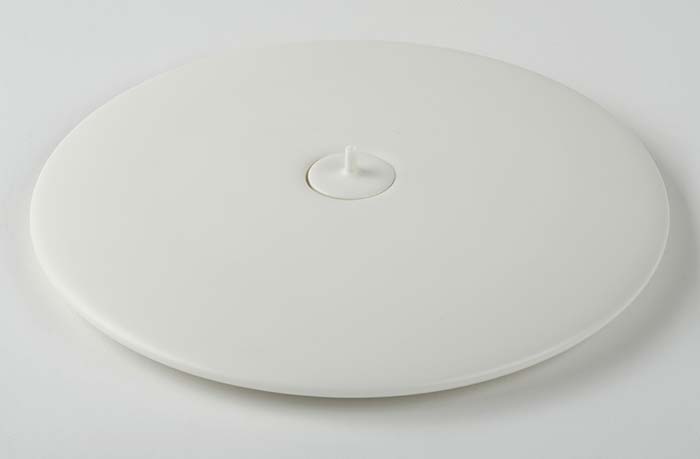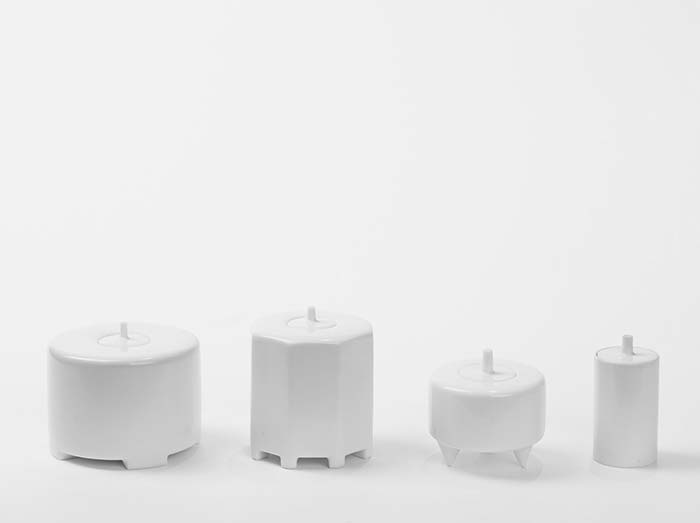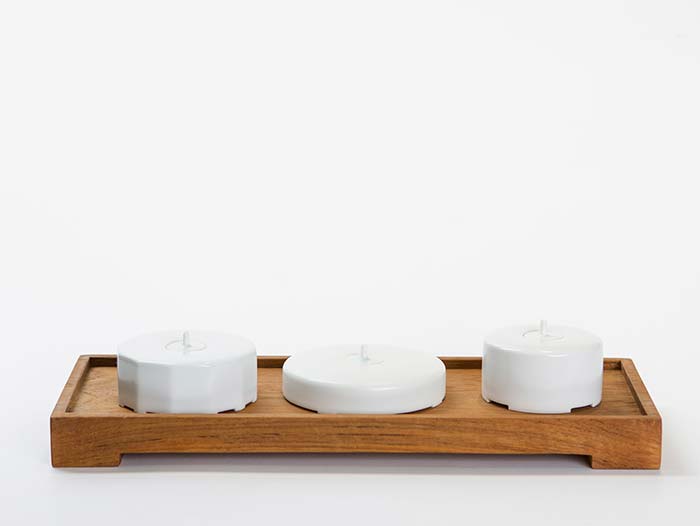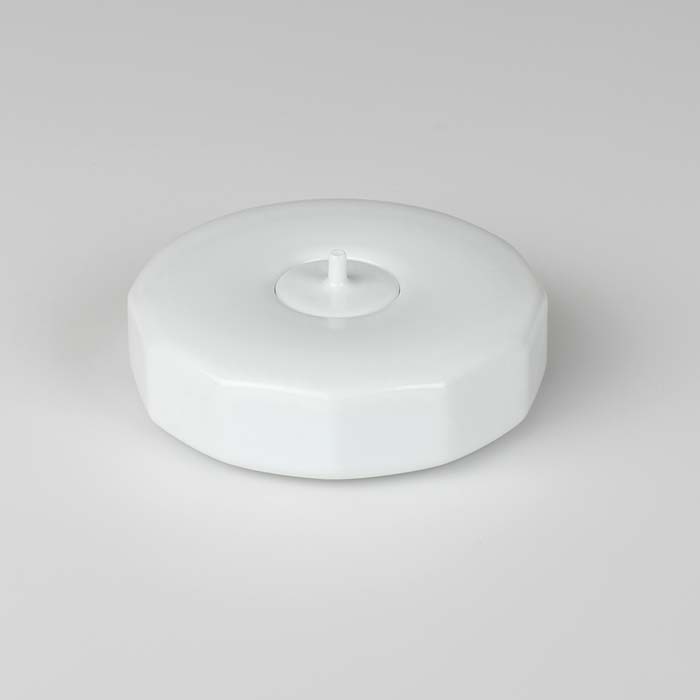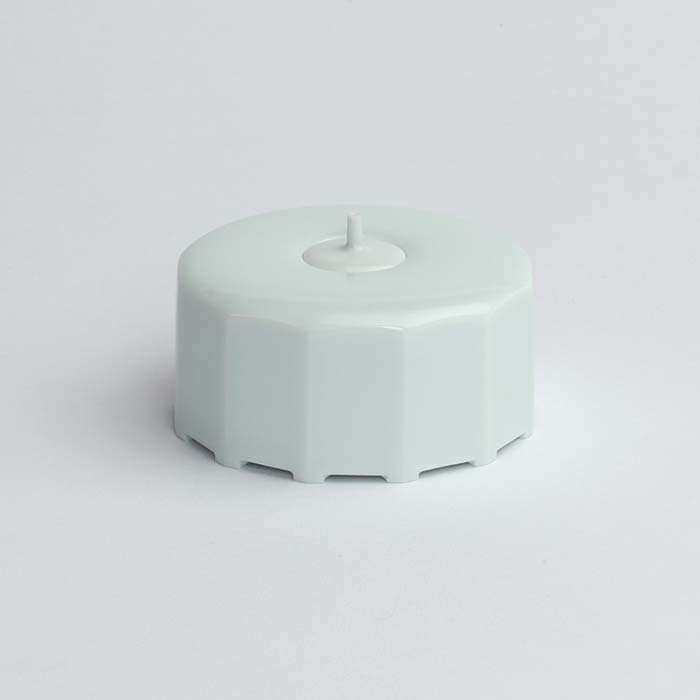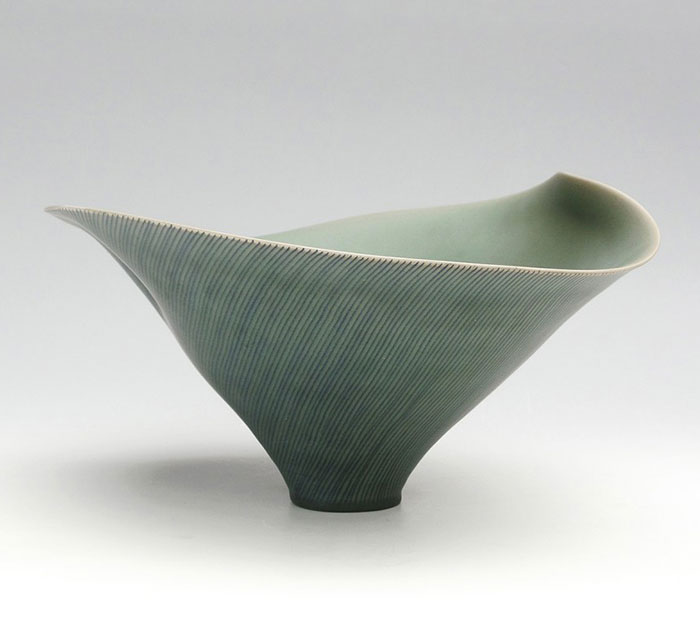
According to Lee, colors of celadon are more varied than those of white porcelain. He likes to experiment with different shades of celadon depending on the form and usage of his works, rather than being confined to the traditional celadon color. His favorite Goryeo celadon patterns are the early ones with clear drawings using the sanggam technique. He strives to create sophisticated celadon works with vibrant colors that balances simplicity and touch of drawings.
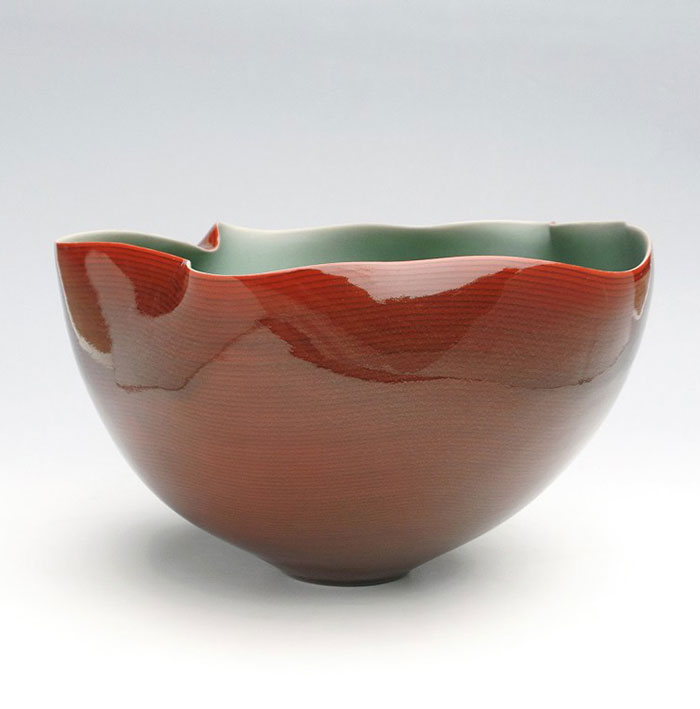
The colors, forms, and expression methods of the Goryeo celadon are indeed superior but it is equally important to evolve that style into a new direction that people of our times can relate to. Therefore, Lee’s tableware works have developed in its color, form and patterns in a way that fits naturally into our modern lifestyle. By combining the understanding of traditional potteries and its techniques with that of the modern lifestyle, Lee, Eun Bum is creating the contemporary celadon works of our times.
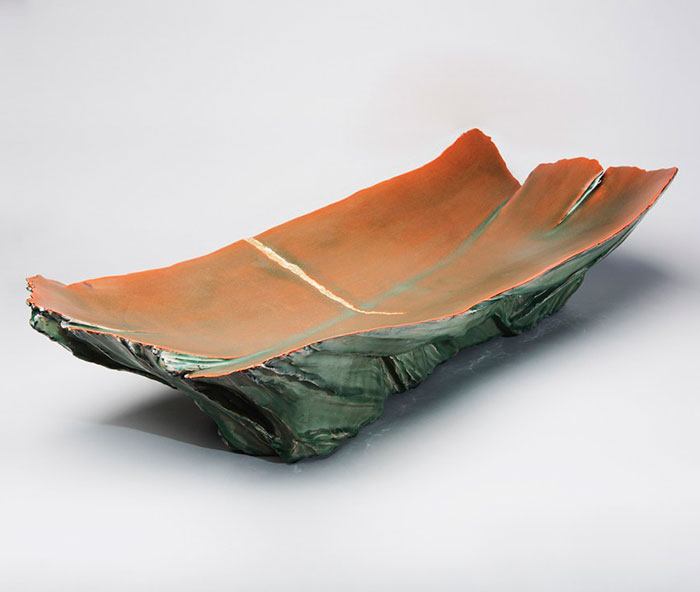
He also frequently visits old celadon remains throughout the Korean peninsula to study the broken pieces and how they differ across the regions, continuously studying the different effects of clay & glaze combinations.
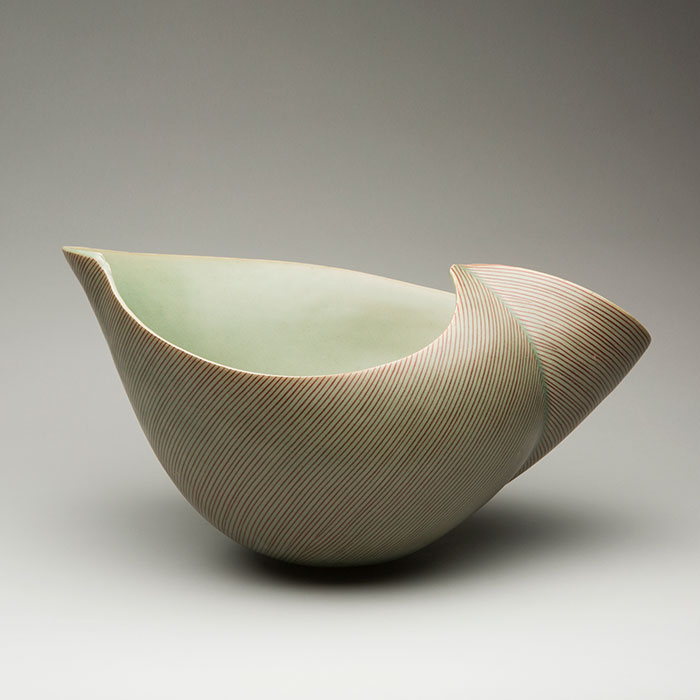
Lee is a superb engineer who advances the techniques of the traditional celadon but he is also a designer who creates objet that blends well into our modern lives. He aims to create the new celadon of our times that combines the sophistication of the lines and elegance of pure celadon. He constantly updates and improves his celadon works, treating it as a living entity that grows and matures.
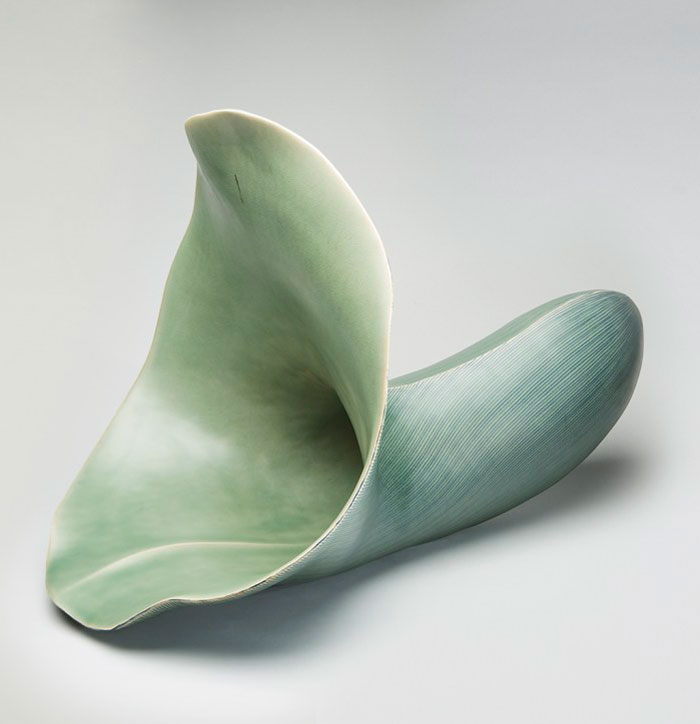
I like works that have been created with a great deal of care and effort. I also find witty works interesting, but I prefer works that make me want to keep them by my side because they reflect so much of the love and sincerity of the person who made the work. I am always thankful to the works that are made with love and warmth for the viewers and users.
I hope that my work does the same and try to place my utmost efforts at every moment. I often stroke my daughter’s head, just like my mother did for me. When doing so, I realize that the touch of my mother is the same as mine. I create works with the same heart and the same hands, as if I am praying.
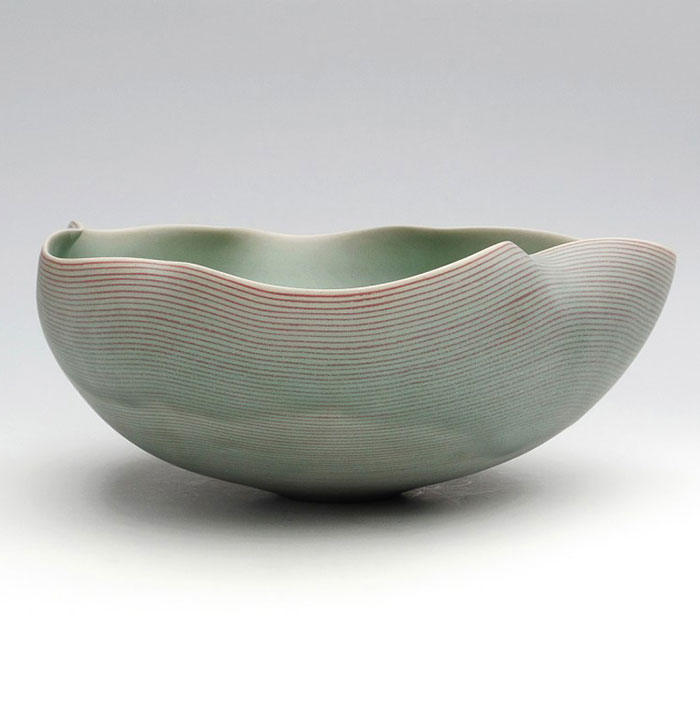
“Beop Go Chang Sin (法古創新),” the four-character idiom, refers to the spirit of creating the new, based on the old. One must learn the old, yet learn it thoroughly, and one must create what is new, yet it must not be solely new.
If the old is not learned thoroughly, then the essence cannot be ascertained and therefore becomes a fabrication. If the new is created yet is not beneficial, then it becomes trash. I always promise myself to become neither a fabrication nor trash. I also believe that this work must be that of joy. I believe the most important thing as an artist is to work joyfully, for the sake of a happy life. In that way, the positive energy will likely be reflected in my work.
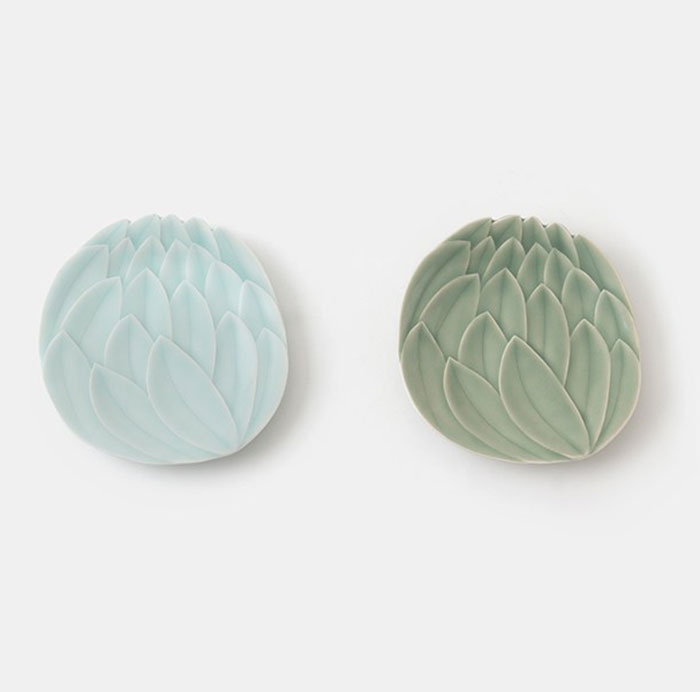
Lee Eun Bum graduated from department of Ceramics at Hongik University in 1992 and started training in Onggi making. He has been introducing his works in five solo exhibitions as well as many other group exhibitions such as ‘Design & Color’ at the International Ceramic Center at Icheon and “Croisements vers la communication” in Paris hosted by IAC.
His works are part of the permanent collection at Chosun Hwanyo Museum in Gwangju as well as Korean Cultural Center in UK. Today, he is back in his hometown in Eumsung, working away in his self-made studio to create works that are contemporary while respecting and borrowing from the traditions and heritage of Korean pottery techniques.

